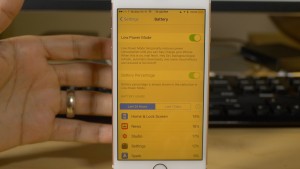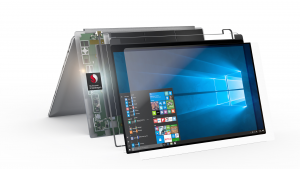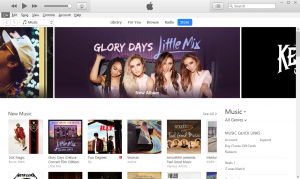Solwise improves on their two-piece mobile router concept
Article – From the horse’s mouth

4G as an externally-mountable USB modem can bring more reliable mobile broadband in to your boat for a large area of the shoreline
Solwise UK
Product List
All prices here cover the cost of the equipment and include VAT and delivery within the UK
PATRIOT tube-shaped network adaptors
PATRIOT-4G 4G/LTE USB modem (GBP£70.63)
WL-PATRIOT-USB 802.11g/n Wi-Fi USB network adaptor – 5dBi antenna (GBP£43.81)
Panel network adaptor – highly directional
WL-USB-ODUPANEL-12DB 802.11g/n Wi-Fi USB network adaptor – 12dBi antenna (GBP£40.94)
Travel Router
WL-USBWIFIRPT-3000 USB WiFi Repeater (Travel Router with USB and Ethernet WAN) (GBP£52.98)
Previous Coverage
Solwise offers a two-piece Wi-Fi repeater for caravans and similar applications
My Comments
A use case that Solwise are continually targeting as I have covered before is to be able to bring a reliable Internet connection in to your caravan, campervan / motorhome or boat while you are on holidays or living in these vehicles.
This has been through the approach of a separate USB Wi-Fi network adaptor which can be plugged in to your regular computer and mounted outside your vehicle or craft. This is to work around a common issue with caravans and campervans where the metal housing can attenuate the RF signal necessary for the Wi-Fi connection to work and can be aggravated if you are in a campground or caravan park and are located far from the main facilities buildings where the infrastructure necessary for the venue’s public-access Wi-Fi is located.
Then there is a wireless travel router with a WAN (Internet) connection provided by a USB or Ethernet connection, working in a very similar manner to the typical “Mi-Fi” or travel router where it creates its own network for your devices. Here, you could connect up a Wi-Fi USB network adaptor such as the ones listed above or connect to an Ethernet-based setup such as what Hyperoptic is offering in a few of London’s marinas.
Let’s not forget that they are also offering a 12-volt “cigar-lighter” power adaptor as an accessory for GBP£2.84 that allows you to power the travel router and the USB modem or network adaptor from your vehicle’s or boat’s battery. They are positioning this adaptor for those of us who run our motorhomes, caravans or boats from 12 volts rather than having access to mains-voltage supply.
But Solwise have taken things further by offering a 4G/LTE USB mobile-broadband modem that can work with most of the mobile-broadband services. Compared to the typical “dongle” USB mobile-broadband modem, this device is equipped with a stronger antenna and RF front-end and is designed to be mounted outside your vehicle or craft. For boaties, it is rated at IP66 which could allow it to survive most boating use including heavier seas.
The travel router that Solwise is offering will require a firmware update available for download from their site so you can set it up as a two-piece “Mi-Fi” mobile-broadband router. This has opened up the travel router’s appeal to people living in narrowboats or travelling around in campervans or caravans and avoiding caravan parks.
The PATRIOT “tube” modems and adaptors are designed to be anchored on to the vehicle or craft using various hardware kits available through Solwise. These range from a suction-cup kit suitable for temporary installs through “jubilee clips” or hose clamps that wrap around pipes to U-bolts that can be anchored to mobile TV antenna masts.
The approach outlined here with all this equipment is that you install one of these USB modems or USB Wi-FI network adaptors on the outside of your vehicle or boat. Then you run a 5-metre USB cable to within that vehicle and connect it to the USB-equipped travel router that is listed here. The travel router will create a local network useable by many devices within the vehicle or vessel and share this using 802.11g/n or Ethernet technology.
Here, Solwise are continuing to answer the highly mobile user’s needs for a highly-reliable mobile network setup by using two pieces of equipment connected to each other rather than you buying a Mi-Fi or Wi-Fi range extender which uses its onw RF abilities and not-so-great integral antennas.








